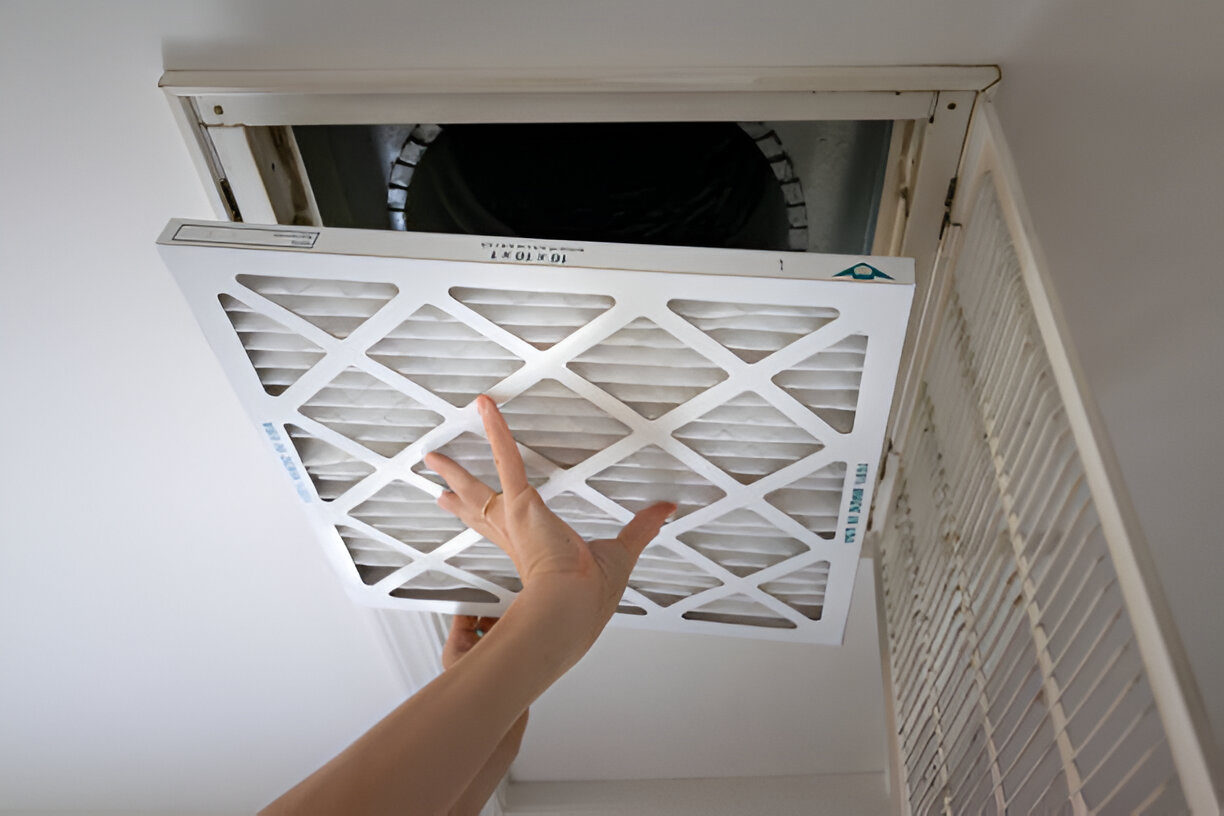HVAC Installation in Phoenix, AZ
Replacing or installing an HVAC system in Phoenix requires more than swapping equipment. With prolonged triple-digit summers, intense attic heat, and occasional monsoon humidity, homes in Phoenix need correctly sized, energy-efficient systems to deliver reliable comfort and reasonable utility bills.

Common HVAC installation needs in Phoenix
- Replacement of aged or failing central air systems that struggle during peak summer loads
- Upgrading to high-efficiency systems to reduce monthly energy bills and meet modern SEER standards
- Installing heat pumps for year-round efficiency in mild Arizona winters
- Ductless mini-split installations for room additions, garages, or spot cooling where ductwork is impractical
- Full system replacements where ductwork, indoor coil, and condenser all need updating for matched performance
On-site consultation and load calculations
A thorough on-site consultation is the foundation of any reliable installation. Technicians perform a room-by-room load calculation (Manual J) to determine the correct capacity your home requires. In Phoenix, this accounts for:
- High solar gain through west- and south-facing windows
- Attic temperatures that can exceed outdoor air temperatures by 40 degrees or more
- Insulation levels, window shading, and home orientation
- Duct leakage and distribution issues that reduce system effectiveness
Correct sizing prevents short cycling, reduces humidity control problems during monsoon season, and extends equipment life. Technicians may also perform a Manual D duct design or recommend duct sealing and insulation improvements if needed.
Choosing the right equipment for Phoenix homes
Selecting the right system balances capacity, efficiency, and your home’s layout. Typical options include:
- Central air conditioning: Matched outdoor condenser and indoor coil for whole-house cooling. High-SEER Day & Night systems are frequently recommended for their proven reliability in desert climates.
- Heat pumps: Modern heat pumps perform efficiently in Phoenix and provide both cooling and efficient winter heating for mild cold snaps. Variable-speed models improve humidity control and comfort.
- Ductless mini-splits: Ideal for additions, converted garages, or rooms with no existing ductwork. They deliver zoned control and excellent energy performance.
Key selection factors in Phoenix are SEER/EER ratings for summer cooling efficiency, proper equipment matching to indoor coils and controls, and consideration for variable-speed compressors that modulate to meet changing loads.
Permitting and code compliance
Proper permitting and inspections are required by the City of Phoenix and local jurisdictions. Licensed technicians handle:
- Submitting permits and required documentation
- Ensuring installation meets local mechanical and electrical codes
- Following manufacturer installation requirements to maintain warranty eligibility
- Proper refrigerant handling in compliance with federal and state regulations
Working with licensed and insured professionals ensures the work passes inspection and meets safety and efficiency standards.
Step-by-step professional installation process
A professional installation typically follows these steps:
- Final site walk-through and confirmation of equipment and accessories
- Safe removal and disposal of old equipment, including refrigerant recovery per regulations
- Duct inspection, repairs, or modifications to optimize airflow
- Precise installation of condenser, evaporator coil, line sets, and electrical connections
- Proper refrigerant charge by weight and verification of pressures for optimal performance
- Condensate drainage setup and leak checks
- Thermostat installation and system programming for efficient operation
- Safety checks, electrical testing, and verification of control systems
Licensed and insured technicians follow manufacturer checklists to protect warranties and ensure the system operates safely and efficiently.
Expected timeline and homeowner preparation
Most single-family home system replacements in Phoenix are completed within one to three days, depending on system complexity and ductwork needs. Prepare your home by:
- Clearing access to the indoor unit, attic access, and outdoor condenser area
- Securing pets and valuables from work zones
- Expecting temporary indoor temperature changes during equipment swap
- Reviewing system placement and thermostat location with the installation team before work begins
Homes with extensive ductwork repairs or custom modifications may require additional time.
Warranty, manufacturer support, and financing options
New equipment carries manufacturer warranties that typically cover parts and compressor components; labor warranties may be offered by the installing contractor. Registering your new system with the manufacturer and keeping service records protects warranty coverage. Day & Night systems are commonly featured for their reliable warranties and dealer support in desert environments.
Financing programs and seasonal promotions are often available through financing partners to make a quality installation more accessible. Many homeowners take advantage of manufacturer promotions or deferred-interest financing plans to spread the cost over time while upgrading to more efficient systems.
Post-installation testing and performance verification
After installation, technicians perform a full commissioning process to confirm performance:
- Measure airflow and static pressure to verify duct and blower performance
- Check delta-T (temperature change across the coil) to confirm proper cooling capacity
- Verify refrigerant charge and system pressures against manufacturer specifications
- Test electrical loads, safety switches, and thermostat calibration
- Provide a walk-through with homeowners explaining system controls, filter access, and recommended settings
Detailed documentation of test results and maintenance recommendations is provided for future reference.
Recommended maintenance to maximize efficiency and longevity
Ongoing maintenance keeps systems running at peak performance in Phoenix’s harsh climate. Recommended practices include:
- Regular filter changes and using higher-MERV filters appropriate for the system
- Annual or biannual tune-ups that include coil cleaning, refrigerant verification, and electrical checks
- Duct sealing and insulation improvements to reduce energy loss
- Scheduling preseason checks—spring for cooling, fall for heat pump inspections—to catch issues before the season of heavy demand
Maintenance plans can include priority service, discounts on parts, and scheduled seasonal inspections to protect your investment.
Customer Testimonials
Hear directly from our customers about the quality, honesty, and care we bring to every job.










